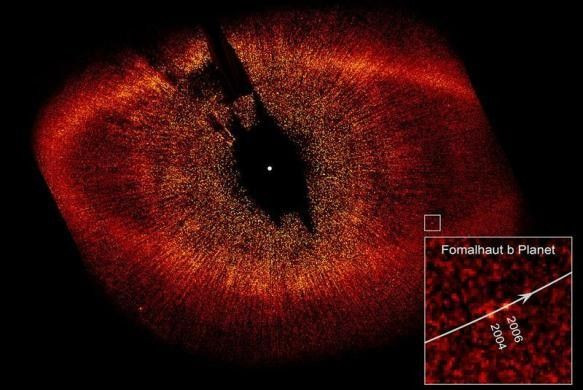Black Holes Are The Celebrities of Astronomy

In the early 1900s, black holes were considered the celebrities of astronomy. Almost hundred years after, National Aeronautics and Space Administration's Nuclear Spectroscopic Telescopic Array has captured a rare event of a compact source of X-rays called the corona near the super-massive black hole.
The X-ray was pulled in by the black hole and some lights was never seen again. A disk of superheated material surrounds the corona and is responsible for the high-energy light. NASA described the light from the corona as a torch that had been shining there.
The black hole named Markarian 335 had a relationship with Earth about 324 million light years away from it. Black holes were known to take in light and so black holes can be found only with the help of light-detecting telescopes. Scientists were trying to figure out what effects the corona has on the things around them.
Markarian 335 is about 10 million times the mass of the sun, which is the size of 30 times the diameter of the sun. It is considered pretty small for a black hole but spins very fast in space.
TIME said that like Markarian 335 has many medium-sized black holes. Messier 82, an "intermediate-sized" black hole, is about 400 times the mass of the sun.
Fiona Harrison, NuSTAR's principal investigator from California Institute of Technology, said that they are unable to understand how corona is produced or the reason for change in shape. She explained that they see the corona lighting up matter around the hole and so they are able to study regions, which show phenomena similar to Einstein's theory of general relativity because of the speed of particle.
She added that NuSTAR has a capability of observing events like the corona in the black hole that can help them study the light-bending effects of general relativity.





















